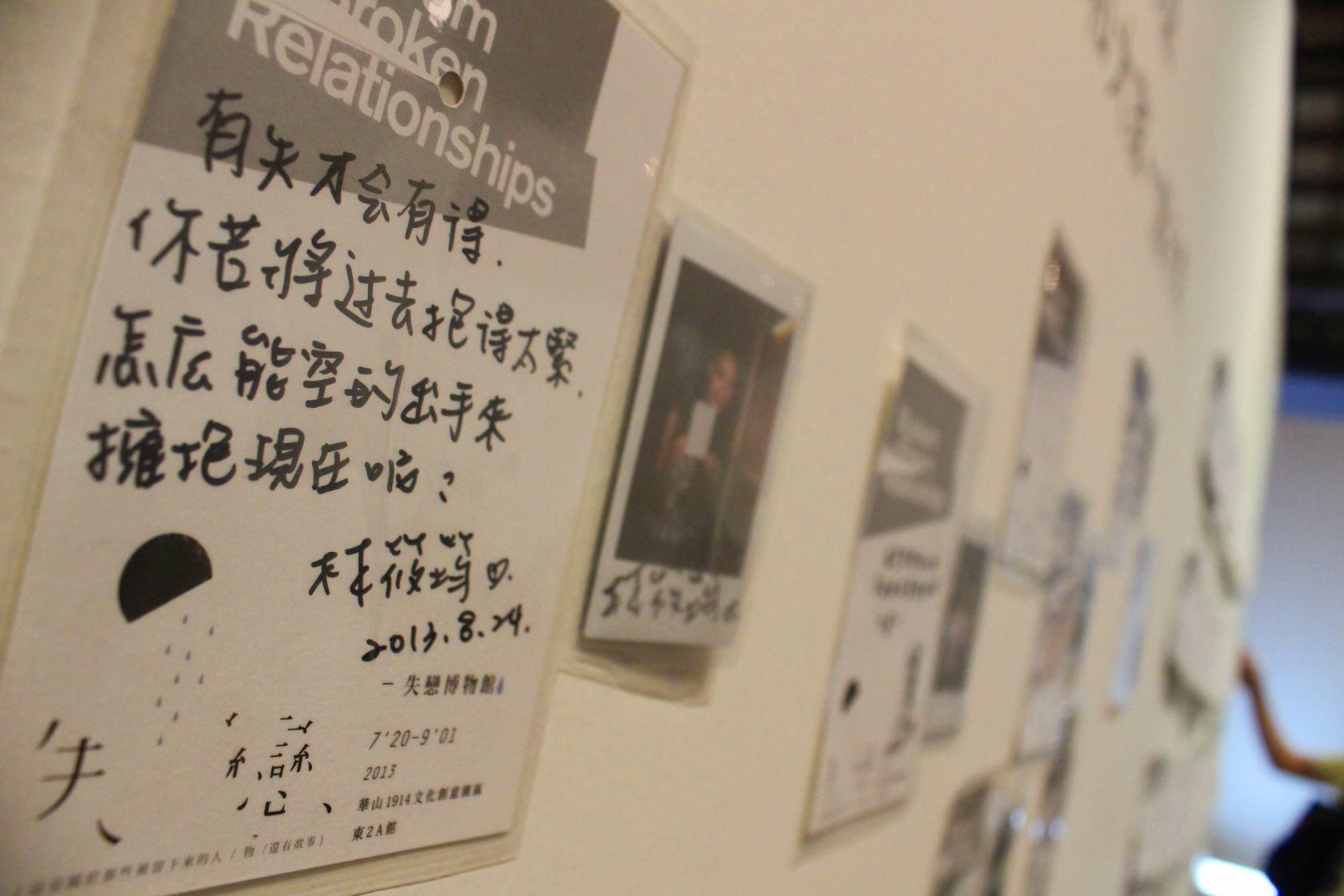LANZHOU, July 15 (Xinhua) -- Breaking-up may be hard for many people, but it might also prove to be a gold mine for some.
For Li Fangfang, 27, the "breakup economy" is obvious in the "breakup museum" she launched in June in Lanzhou, capital of northwest China's Gansu Province.
In the museum, exhibits such as rings, letters and train tickets are on display.
"I created this museum to help people out of sadness and desperation from heartbreak," Li said. "All the exhibits were collected by me and my team from the Internet, or donated by visitors themselves."
The museum is divided into sections of different themes. In addition to the exhibits, there are also punching bags, a screening room and a "make a wish" lobby.
"I want people to be able to relieve their internal pressure, let go of the past, move on and embrace a new, bright future," she said.
In China, "breakup museums" have mushroomed in many localities, as the "breakup economy" catches on. In April, for instance, a similar museum opened in east China's Anhui Province. In the provinces of Sichuan and Jiangsu, there are also such museums.
To promote her museum, Li turned to social media such as WeChat and short video platforms like Douyin to spread the word. She also established chatting groups on WeChat, where offline activities were often held. Some of the broken hearts in the groups began dating after meeting each other.
"Healing the heart-broken people gives me a sense of achievement," she said.
As the museum's reputation grew, more visitors came, with many from other localities outside Lanzhou. The rising number of visitors also gave her good financial returns.
"A ticket to the museum costs 36 yuan (5 U.S. dollars), and if you book online in advance, you can get a discount of 6 yuan," she said. Despite not being free, the lure of the museum has proved to be enduring. It currently receives up to 100 visitors every day on average, making it the latest "must-visit site" in Lanzhou.
But breakup museums did not originate in China. In 2006, an artist couple in Croatia came up with the idea after breaking up and established the world's first breakup museum. The idea drew many followers, and similar museums sprang up around the world. Many in China also jumped on the bandwagon.
"I think it is a quite new, creative form of economy," said Dou Xuecheng, a professor with Gansu Agricultural University. "Traditionally in China, love and relationships are not to be expressed or displayed in public, but as our society becomes more diverse, the attitudes of young people are changing."
Dou said that the museum is a reflection that more people are after spiritual satisfaction.
"But such forms of the economy can be short-lived," Dou said. "The organizers need to strengthen the content and services in the museums to prolong their life."
Li Fangfang said that currently, the most important thing is to keep the museum rolling financially.
"Even though we have many visitors, we also face high rent and labor costs," she said. "But we will definitely enhance our services according to the demands of our customers in the future."




 A single purchase
A single purchase









